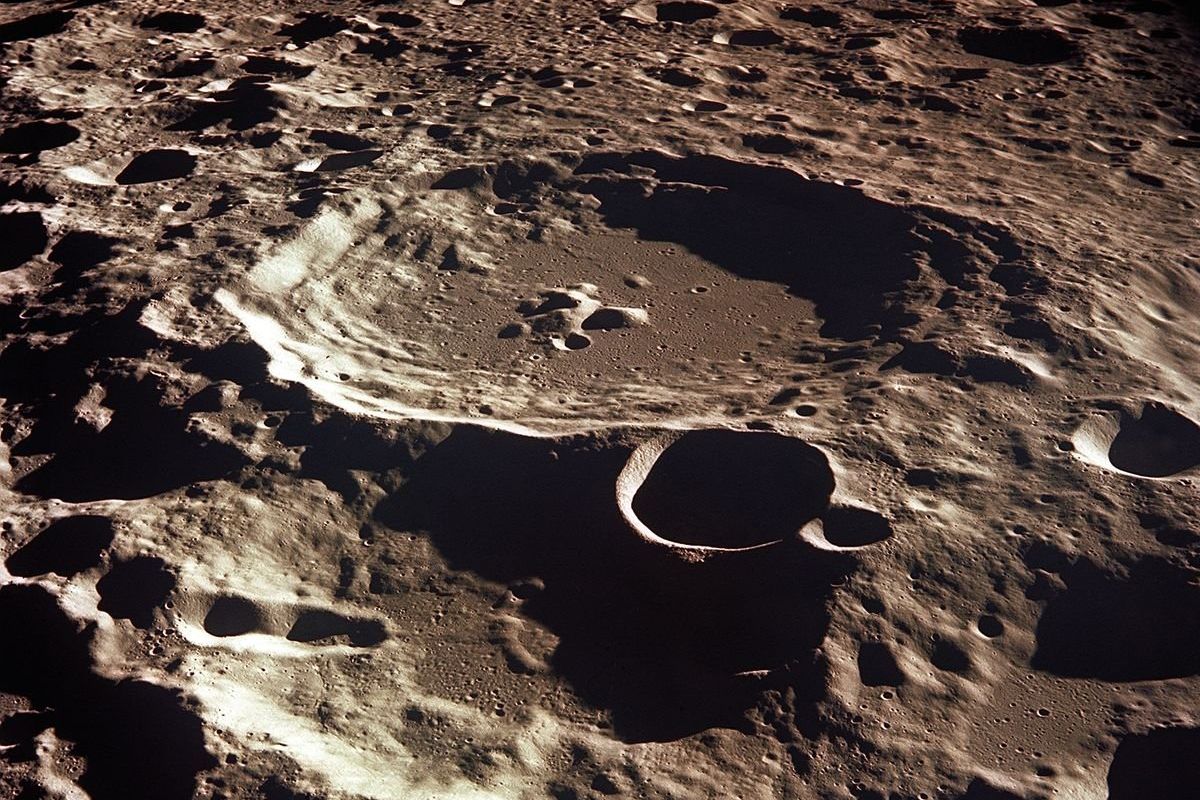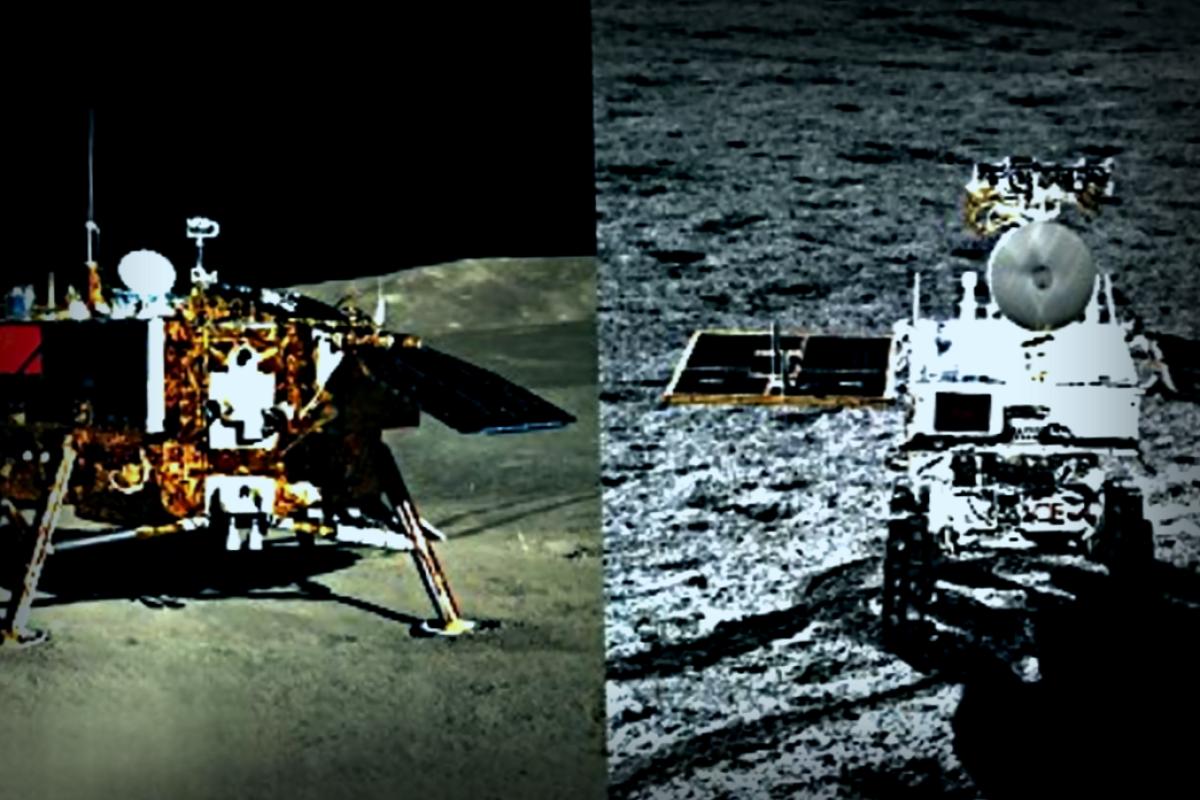Groundbreaking discoveries reveal that the moon conceals secrets dating back billions of years beneath its surface.
Our planet’s stunning natural satellite has long fascinated humans, and now, due to the efforts of China’s space program, we are beginning to uncover its intriguing history.
In a historic feat, the Chang’e-4 lander—launched by the China National Space Administration (CNSA)—achieved the remarkable milestone of landing on the mysterious far side of the moon in 2018.
Armed with scientific instruments, Chang’e-4 has been providing striking images and meticulously analyzing mineral samples, shedding light on the composition of the moon’s uppermost layer extending about 1,000 feet.
This past year, findings from Chang’e-4 were released to the public, offering an opportunity to explore the complex evolution of our moon.
The research, featured in the Journal of Geophysical Research: Planets, indicates that the moon’s surface within the top 130 feet (40 meters) consists of various layers filled with dust, soil, and fragmented rocks.
Nestled among these layers lies a crater shaped by a large impact, a revelation attributed to Jianqing Feng, an astrogeologist at the Planetary Science Institute in Tucson, Arizona, and co-leader of the analysis.
Peering even deeper, Feng and his team discovered five separate layers of volcanic lava that spread out over eons.
Experts assert the moon formed approximately 4.51 billion years ago from debris created when a Mars-sized object collided with Earth, an event referenced in publications like Live Science.
Following this event, for up to 200 million years, the moon endured relentless impacts from space debris, resulting in numerous surface cracks.
Similar to Earth, the moon’s mantle harbored pools of molten rock that filled these fissures during volcanic activities, as explained by Feng.
Interestingly, the observational data revealed that the volcanic rock closer to the surface of the moon was significantly thinner.
Feng observed, “[The moon] was gradually cooling down and using up its volcanic energy.” He further stated that, over time, its volcanic capabilities weakened.

It’s been determined that by between one billion and 100 million years ago, the moon’s volcanic activity had largely ceased, leading scientists to classify it as “geologically dead.” However, there’s a possibility that magma may still lie deeply buried beneath the surface.
With the Chang’e-4 mission ongoing, Feng and his colleagues anticipate this is merely the beginning of their groundbreaking lunar mapping journey.
This article was originally published on May 2, 2023.



















